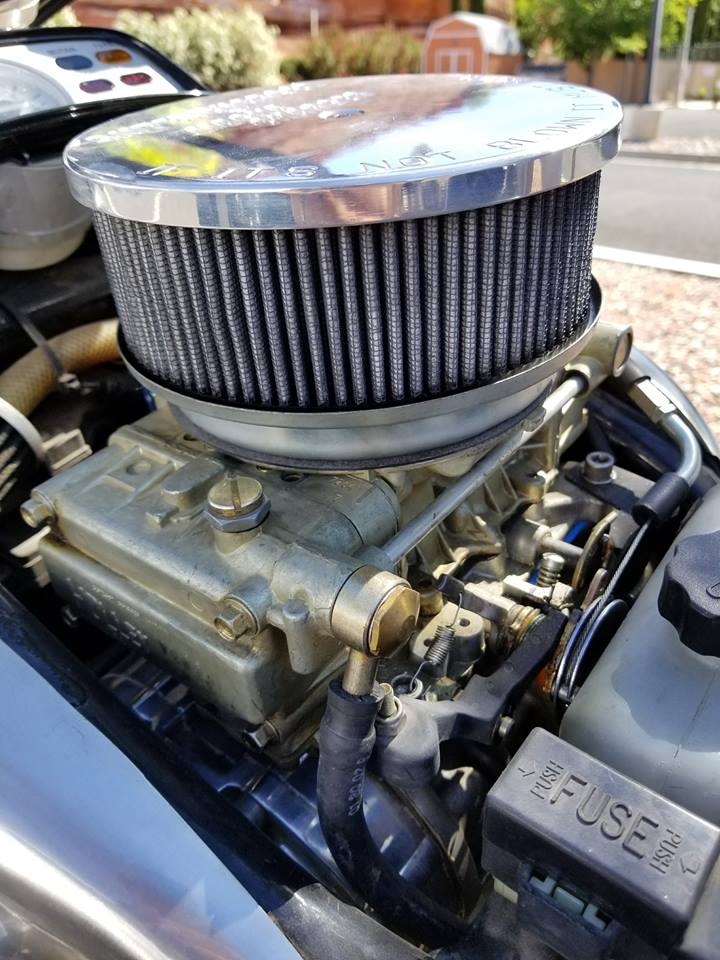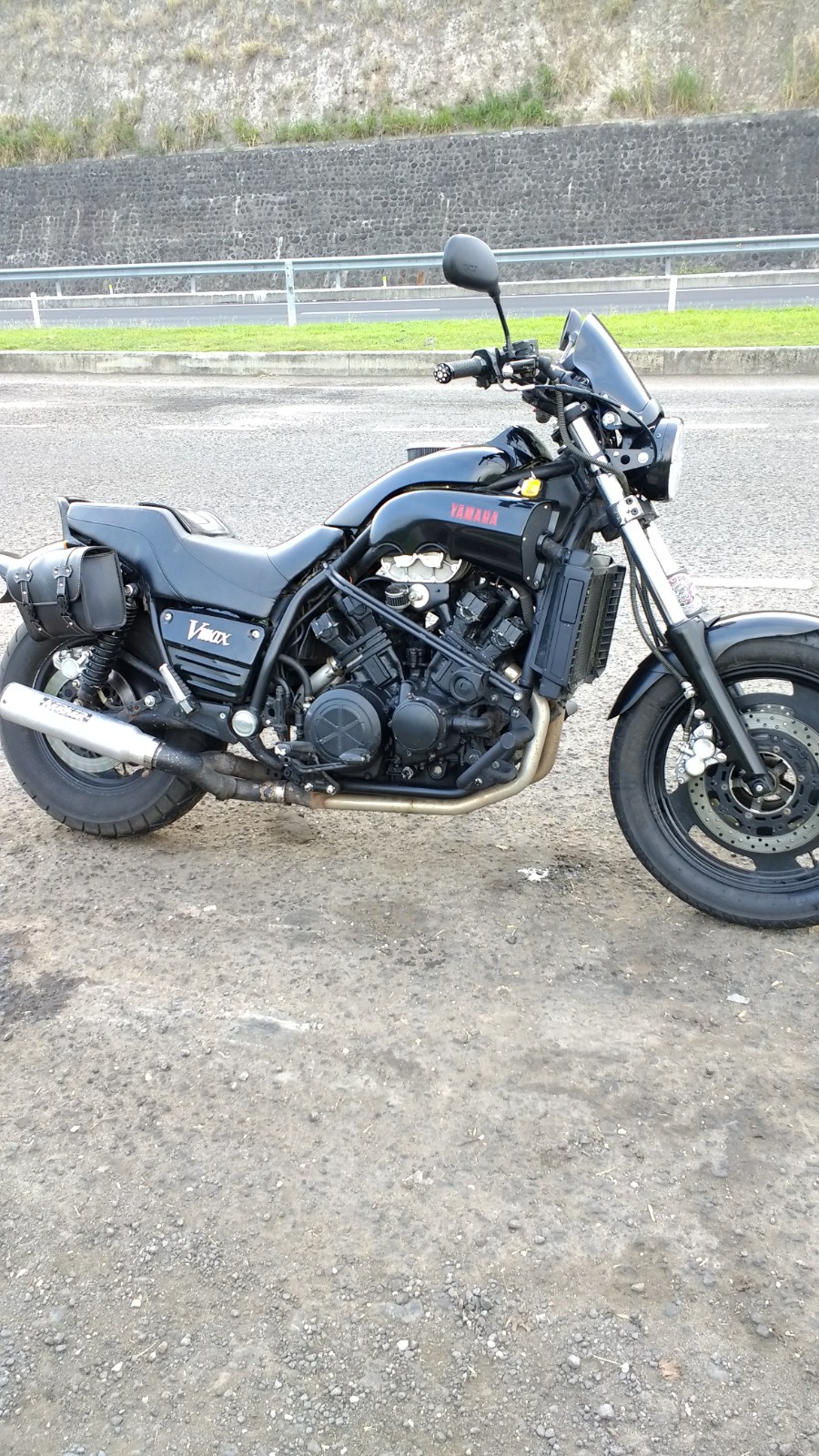Surely Guys, you would be thinking a square bore center squirter Holley with each bore feeding one cylinder?
From a "there's only one carbuetor, so it should be simple to use/maintain," point of view, I suppose the system makes sense, but the dyno graph in post #27 doesn't reveal any great improvement, and what was the bike making before the conversion? No, I didn't look at the prior page's posts.
A supercharger uses a small CFM 4-bbl carburetor on a VMax. A typical pressurization with a blower is 6 PSI, going to more-than that, and you better prepare the engine for the increased heat, and that includes internal mods from what I've been-told, like lower compression pistons. It's definitely
NOT a case of,
"well, if it makes a lot of power at 6 PSI, slap-on a different pulley to get 12 PSI, and the world will spin backwards when I wack-open the throttle!"
I'm not-impressed by the listed 116 HP for the carburetor conversion, especially not being-aware of the starting point. A Stage 7 Dynojet kit and a 4/1 Kerker probably can and should exceed that, properly-tuned, when starting from the base point of 108-110 RWHP.
Sean's Megasquirt he was experimenting with sounded promising, but as I recall, he never got it to do the things it was claimed of being able to-do.
OK, I read the 1st page. Not much there to change my mind. Some discussion about the carburetors in a 4-bbl range being too-much for the size of the engine. The venerable Carter YF 1-bbl carburetor was used on many vehicles over the years, including Willys-Jeep and even the turbocharged 145 cu. inch first-generation Corvair, which produced >1 HP/cu. inch in the early 1960's, pretty-heady stuff for the time.
A spread-bore carburetor would appear to be an entirely-wrong design because the unequal-size primaries and secondaries would contribute too-much fuel when the secondaries activated.
For all the fussing that people do with the OEM Mikunis, keep the gas tank and filter clean, use quality gasoline, run a good air filter, and the system gives decent service. The 10% ethanol gas has proven to be a real problem for bikes and cars not-designed for it. That's especially-true when the vehicle sits for an extended period of time. That's not the carb system's fault.






























![Bovemanx Motorcycle Phone Mount Holder, [150mph Wind Anti-Shake][7.2inch Big Phone Friendly] Bike Phone Holder, Motorcycle Handlebar Cell Phone Clamp, Compatible with iPhone 16 Pro Max Smartphones](https://m.media-amazon.com/images/I/51F+1sontPL._SL500_.jpg)



![JOYROOM Motorcycle Phone Mount, [1s Auto Lock][100mph Military Anti-Shake] Bike Phone Holder for Bicycle, [10s Quick Install] Handlebar Phone Mount, Compatible with iPhone, Samsung, All Cell Phone](https://m.media-amazon.com/images/I/5113ZNM8R8L._SL500_.jpg)










